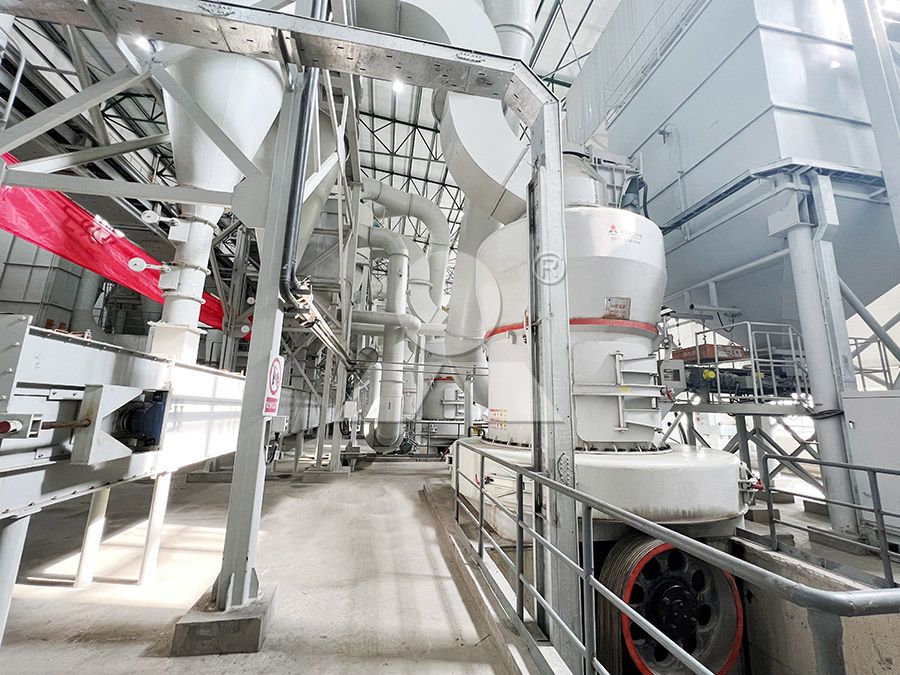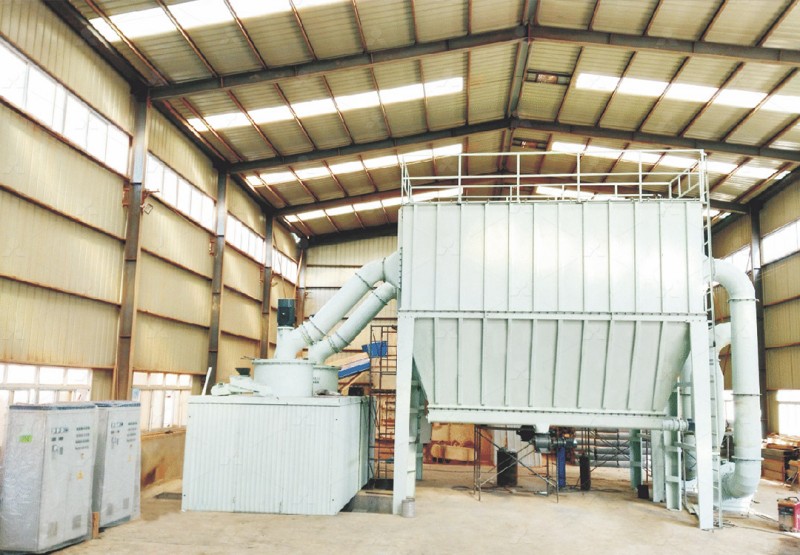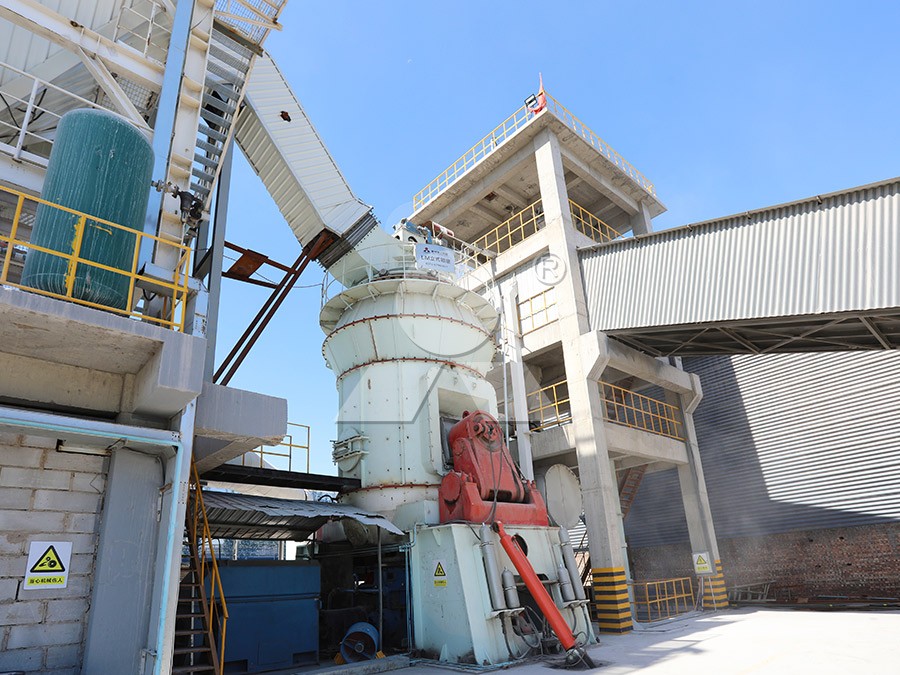5R4119 Raymond Mill Complete Guide: Specifications, Features, and Applications
5R4119 Raymond Mill Complete Guide: Specifications, Features, and Applications
For decades, the Raymond Mill has stood as a cornerstone in powder processing operations across numerous industries. The 5R4119 model, in particular, represents a robust and reliable workhorse designed for medium-scale production of fine powders. Having worked with countless milling operations throughout my career, I’ve seen firsthand how the right equipment choice can dramatically impact productivity and bottom-line results.
The 5R4119 Raymond Mill operates on the well-established principle of grinding materials between rotating rollers and a stationary grinding ring. With an input size capacity of <25mm and production rates ranging from 0.6-5 tph, this machine strikes an excellent balance between capability and operational economy. What many operators appreciate most is its straightforward design philosophy—proven technology that delivers consistent results without unnecessary complexity.

Key Specifications and Operational Characteristics
Under the hood, the 5R4119 features five grinding rollers—a configuration that provides substantial grinding force while maintaining operational stability. The grinding roller assembly oscillates outward due to centrifugal force, pressing firmly against the grinding ring to achieve efficient material reduction. The integrated analyzer wheel ensures precise particle size control, while the cyclone collector system maintains clean operation by effectively separating finished product from the air stream.
From my field observations, operations typically achieve fineness between 80-325 mesh with this unit, though experienced technicians can sometimes push these boundaries with proper adjustments and optimal material characteristics. The system’s airflow design creates a closed-circuit circulation that minimizes dust emissions—a feature that environmental compliance officers particularly appreciate.
Where the 5R4119 Excels—And Where to Consider Alternatives
The 5R4119 truly shines in applications involving non-metallic minerals with medium hardness—limestone, calcite, dolomite, barite, and talc processing represent ideal use cases. In cement plants, power plant desulfurization systems, and general metallurgical operations, this mill has proven its worth through decades of service.
However, technology marches forward, and there are situations where considering more advanced milling solutions makes strategic sense. When operations require ultra-fine powders beyond 325 mesh or demand higher production capacities, I often recommend clients evaluate our MW Ultrafine Grinding Mill. This advanced system represents the next evolutionary step in grinding technology, capable of producing powders between 325-2500 meshes—significantly finer than traditional Raymond mills can achieve.

The MW Ultrafine Grinding Mill incorporates several innovative features that address common operational challenges. Its cage-type powder selector utilizes German technology for superior separation precision, while the absence of rolling bearings and screws in the grinding chamber eliminates common failure points that plague traditional designs. For operations processing limestone, calcite, dolomite, or specialized materials for cosmetics, pharmaceuticals, and food additives, the MW series offers compelling advantages in both product quality and operational reliability.
Practical Application Considerations
Successful Raymond Mill operation begins with proper feed preparation. Materials should be pre-crushed to below 25mm and consistently fed at a controlled rate to prevent roller skipping—a common issue when dealing with irregular feed sizes. Moisture content represents another critical parameter; while the grinding process generates some heat that aids drying, excessively wet materials can lead to clogging and reduced efficiency.
Maintenance protocols for the 5R4119 follow traditional mechanical principles that experienced maintenance crews find familiar and straightforward. Regular inspection of grinding rolls and rings, proper lubrication of drive components, and monitoring of classifier wear parts form the foundation of a proactive maintenance program. The generous availability of spare parts for this established design ensures minimal downtime when replacements become necessary.
For operations considering an equipment upgrade, our LUM Ultrafine Vertical Grinding Mill presents another sophisticated alternative, particularly when floor space optimization is a priority. Its vertical arrangement and compact footprint make it ideal for facilities with spatial constraints, while its advanced powder separating technology delivers exceptional classification efficiency.

Frequently Asked Questions
What is the typical power consumption of the 5R4119 Raymond Mill?
The main motor typically ranges between 75-90kW, with auxiliary equipment adding approximately 20-30kW depending on specific configuration. Actual consumption varies based on material hardness and desired fineness.
How does the 5R4119 compare to ball mills for similar applications?
The 5R4119 generally offers higher efficiency for dry grinding applications requiring medium fineness. It typically provides lower energy consumption per ton and faster particle size adjustment compared to traditional ball mills.
What maintenance intervals should we expect for grinding components?
Grinding roller and ring life varies significantly by material abrasiveness. For medium-hard materials like limestone, expect 1,000-1,500 operating hours before significant wear affects performance. Harder, more abrasive materials will naturally reduce these intervals.
When should we consider upgrading to more advanced milling technology?
Consider advanced options like our MW or LUM series when your requirements include: ultra-fine powders beyond 400 mesh, higher production capacities, stricter environmental compliance needs, or processing of heat-sensitive materials that benefit from lower operating temperatures.
Can the 5R4119 handle moist materials effectively?
While the mill can tolerate some moisture, materials with moisture content exceeding 6% typically require pre-drying for optimal operation. The grinding process generates heat that provides limited drying capacity, but dedicated drying systems are recommended for high-moisture feeds.
